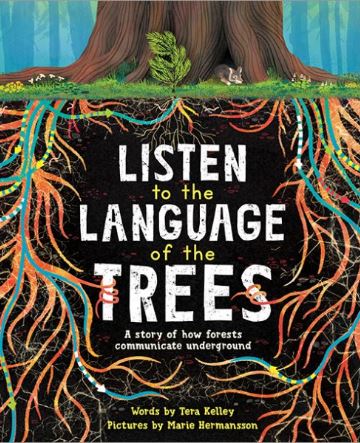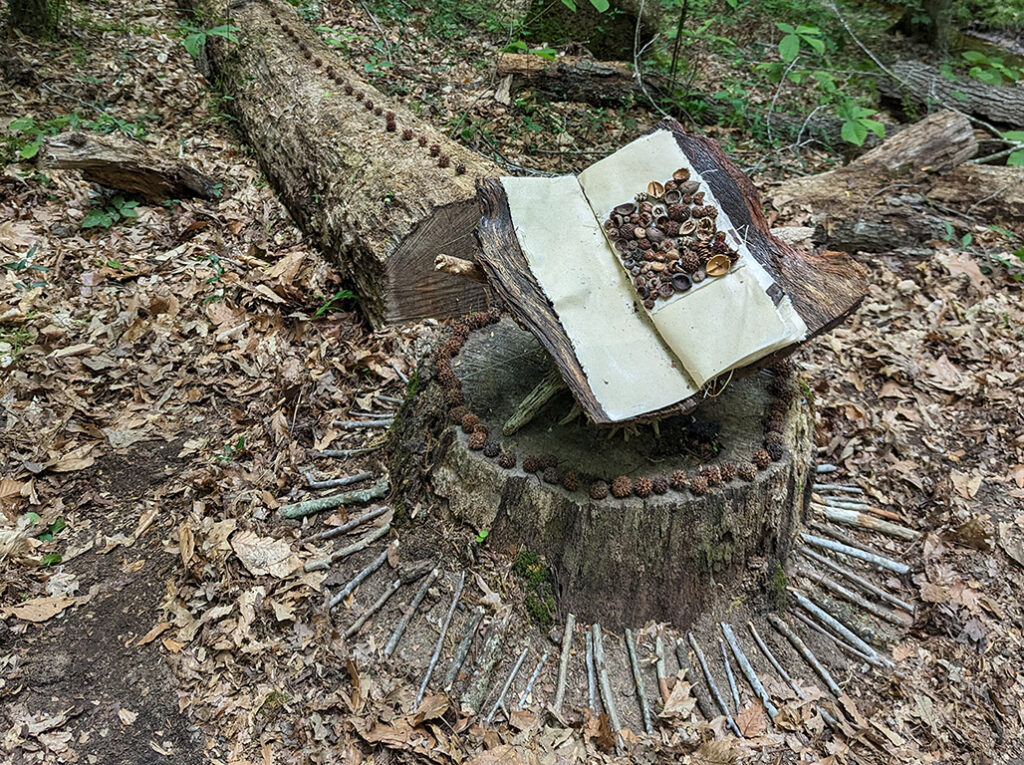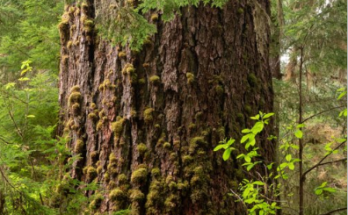Trees may seem silent and still, but beneath their bark and deep in the soil, they are constantly communicating in remarkable ways. Scientists have discovered that trees use a complex system of underground networks, chemical signals, and even electrical impulses to share information, warn each other of dangers, and support one another. This “secret language of trees” reveals that forests are not just collections of individual trees but interconnected communities that work together for survival.

The Underground Network – The Wood Wide Web
One of the most fascinating ways trees communicate is through their root systems, aided by a network of fungi called mycorrhizal networks. These fungi form a symbiotic relationship with tree roots, helping trees absorb water and nutrients while also acting as messengers between them. This underground network has been nicknamed the “Wood Wide Web” because it functions similarly to the internet, allowing trees to exchange information.

- Trees use this network to send nutrients to struggling trees, ensuring that weaker members of the forest survive.
- Older, well-established trees, known as mother trees, help younger saplings by transferring carbon, water, and other essential nutrients through the fungal network.
- When a tree is attacked by pests or disease, it can send warning signals through the roots, prompting neighboring trees to activate their own defense mechanisms.
Chemical Communication in the Air
Trees also communicate above ground by releasing chemical signals into the air. These airborne messages, known as volatile organic compounds (VOCs), help trees warn each other about threats such as insect attacks or disease.
- If a tree is attacked by insects, it releases chemicals that can signal nearby trees to produce defensive compounds in their leaves, making them less appetizing to the invaders.
- Some trees, like acacias, respond to herbivore attacks by producing bitter-tasting tannins in their leaves. Neighboring acacia trees “smell” the warning chemicals in the air and begin producing tannins before the danger reaches them.
- Some trees can even call for help—for example, when under attack by caterpillars, certain trees release a scent that attracts predatory wasps, which then kill the caterpillars.

Electrical Signals and Tree Pulses
Beyond chemical communication, trees also transmit electrical impulses within their tissues, similar to the nervous system in animals. Scientists have detected slow-moving electrical signals traveling from roots to leaves, responding to environmental changes, wounds, and water availability. Some researchers have even recorded tree “pulses,” which may be a way for trees to regulate their internal functions, much like a heartbeat in animals.
Memory and Recognition in Trees
Although trees do not have brains, they exhibit behaviors that suggest memory and learning. Some trees that have experienced drought develop deeper roots, allowing them to withstand future dry spells. Studies have shown that trees can also recognize their relatives and are more likely to share resources with their kin than with unrelated trees. This ability to “remember” past experiences and distinguish between different trees suggests a level of intelligence in nature that we are only beginning to understand.
Conclusion
The secret language of trees reveals that forests are living, interconnected communities where trees support, warn, and protect each other. This discovery challenges the traditional view of trees as solitary organisms and highlights the importance of preserving forests as complex ecosystems. As scientists continue to uncover the mysteries of tree communication, it becomes clear that trees are far more intelligent and cooperative than we once believed. Protecting these networks is not just about saving individual trees but maintaining the intricate relationships that keep entire ecosystems alive.


